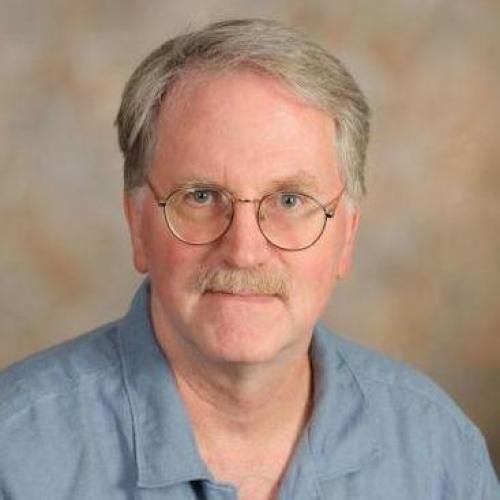Overview
Hepatitis delta virus is an unusual human pathogen in that it is a satellite of hepatitis B virus and contains a small circular RNA genome. The symptoms of infection (fulminant hepatitus) can be severe, and in populations where hepatitis B is endemic and supportive therapy is lacking HDV infection represents a serious life-threatening disease. Even where care is available, there is no clear course of therapy and patients are likely to remain chronically infected and subject to recurrent flare-ups. Our studies have focused on the structure and function of a key element in the replication of the virus; a self-cleaving sequence in the RNA which is responsible for processing concatameric replication products into viral size genomes. Our initial work was directed at establishing the conditions required for cleavage and the sequences required for optimal activity. This led us to propose a novel secondary structure for the RNA sequence required for self-cleavage. We have continued to test the proposed secondary structure although it is now generally accepted as a correct description of the secondary structure for this ribozyme. A definitive description of a correct structure is significant because the HDV ribozyme is the only self-cleaving RNA which is known to have evlolved to function in human cells and therefore may offer insight into the structure and function of ribozymes in mammalian cells. Currently work is focusing on obtaining a more complete description of the tertiary structure of ribozyme using chemical cleavage and crosslinking agents to establish constraints on the 3-dimensional folding. Another approach involves the identification of compensatory mutations that reveal non-Watson-Crick interactions. Finally, efforts are under way to synthesize and purify sufficient quantities of RNA to begin physical structural studies.
We have used the model to convert the self-cleaving HDV sequence to create an RNA enzyme with true catalytic activity. This form of the ribozyme is being used to more fully characterize the cleavage reaction as it greatly simplifies substrate design and synthesis.In addition, because the target sequence can be easily specified by alterations within the ribozyme the trans-acting form becomes a potentially useful tool, therefore we are investigating those parameters that may influence or limit access of the ribozyme to a substrate sequence.
Studies on group I intron RNA splicing has taken two directions. In a collaboration with Dr. DePriest (Smithsonian Institute), we are examining the potential splicing activity of numerous small group I introns she has found in the fungal component of a lichen complex.The intron distribution is highly variable in individuals of this organism which is of interest because of the question of intron sequence origin and mobility. Although similar with repect to size and secondary structural features to many of the bacterial self-splicing group I introns, the lichen introns do not self-splice. Because the lichen introns are of fungal origin we plan to determine whether yeast or yeast extracts will facilitate splicing and, if so, identify those splicing factors. In another project involving group I introns the relationship between RNA primary sequence and folding pathways was examined. We permuted essential sequence elements in two group I introns (one of eukaryotic origin and one from a bacteria) and assayed for self-splicing activity by monitoring the production of a circular exon; the conclusion was that a correct tertiary structure can be specified by multiple primary sequences. A spin-off of those studies is that, by simply reversing the order of splice sites, we can produce circular RNAs for a number of studies. For example, we have now been able to generate a circular form of the HDV trans-acting ribozyme which is resistant to nuclease degradation. We have also produced circular forms of RNase P RNA, the HIV TAR RNA, and HIV Rev binding site RNA. The circular RNAs are being characterized and we are looking into the potential of using this technique to express circular RNAs in vivo.
Current Appointments & Affiliations
Professor Emeritus of Biochemistry
·
2016 - Present
Biochemistry,
Basic Science Departments
Education, Training & Certifications
University of Washington ·
1982
Ph.D.

